You are here
Those who have spent any time at Stevens Pass Ski Area will know Cowboy Mountain well, for its northern flanks make up most of the ski terrain on the “front side” of the resort. With such easy access, the mountain is primarily climbed during winter by backcountry skiers and snowboarders looking for the thrill of a pristine powder run. But when the ski season ends and the chairlifts come to a halt, the resort becomes a snowshoer’s paradise for the remainder of the spring.
The simplest and safest approach to the top of Cowboy Mountain is to travel right up the ski slopes. Beginning at the base area, pick a route that parallels the chairlifts and head south toward the mountain. Novice climbers can stay out in the open or follow under the ski lifts to stay on course, while the more experienced can ramble through thick patches of fir forest. The key is to gain the open slopes below the summit and make for the west end of the long ridge where the Seventh Heaven chairlift terminates. Avalanches tend to assault these upper slopes during warm spring afternoons, so impeccable judgment is required here.
Gaining the summit ridge requires a short but bold climb up past the lift cabin. Once you are on top, skirt east along the crest. Large cornices often line the ridge, so refrain from taking a peek over the cliffs. You will have plenty of scenery to enjoy once the summit is reached, with the Glacier Peak Wilderness to the north, Jim Creek Mountain and the Mill Valley running to the east, and the Skykomish Valley peaks back to the west. You'll also have a decent view of Mount Hinman and Mount Daniel rising out of the Alpine Lakes Wilderness to the south.
Recommended Gear
Before you head out on your next Mount Hood adventure, make sure you have the right gear!
Here's a list of our go-to snowshoeing essentials to get you started:
Snowshoes: MSR Lightning Ascent Snowshoe
Cushioned, Made in USA, Ultralight, 98.8 oz
Men's • $299.95 • MSR | Amazon | Backcountry | REI
Women's • $299.95 • MSR | Amazon | Backcountry | REI
Jacket/Shell: Arc'teryx Zeta AR Jacket
Waterproof, Adjustable Drawcord Hem, Pit Zips, GORE-TEX
Men's • $431-475 • Arc'teryx | Amazon | Backcountry
Women's • $475 • Arc'teryx | Amazon | Backcountry
Pack: Mammut Nirvana Pro Pack
35L, Carry-On Size, Hip Belt, Ice Axe / Pole Loops, Hydration Compatible
Standard Fit • $189.95-199.95 • Mammut | Amazon | Backcountry
Small Fit • $199.95 • Mammut | Amazon
Insulating Layer: Moosejaw Dequindre Down Jacket
Water-resistant, Insulated, Adjustable Drawcord Hem
Poles: Black Diamond Traverse Pole
Aluminum, Adjustable with Lever Lock System, 21 oz.
$79.95 • Black Diamond | Amazon | Backcountry | REI
Gloves: The North Face GORE-TEX Gloves
Waterproof, Adjustable, Insulated, GORE-TEX
Men's • $99.95-181.63 • The North Face | Amazon | Backcountry
Women's • $99.95-100.00 • The North Face | Backcountry
Boots: Vasque Snowblime UltraDry Boot
Waterproof, Cushioned, Insulated
Men's • $149.99 • Vasque | Amazon | Backcountry
Women's • $149.99 • Vasque | Amazon | Backcountry
Gaiters: Outdoor Research Verglas Gaiter
Waterproof, Breathable, Lightweight, Abrasion-resistant
Men's • $41.32-65 • Outdoor Research | Amazon | Backcountry | REI
Women's • $49.95-65 • Outdoor Research | Amazon | Backcountry | REI
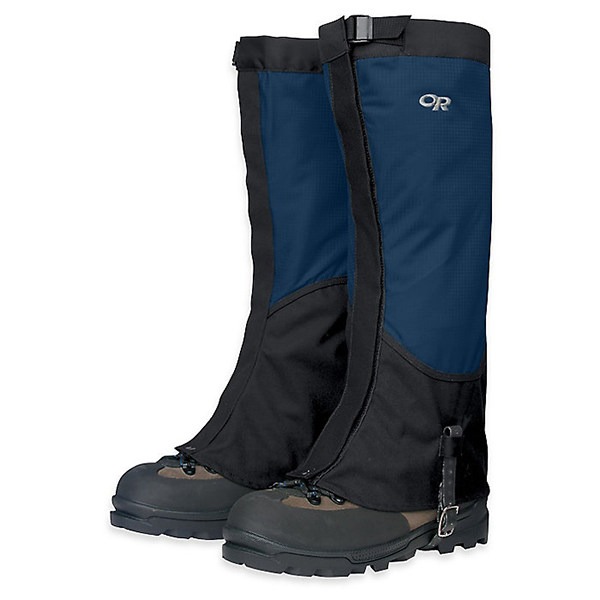
Logistics + Planning
Current Weather: Powered by Dark Sky








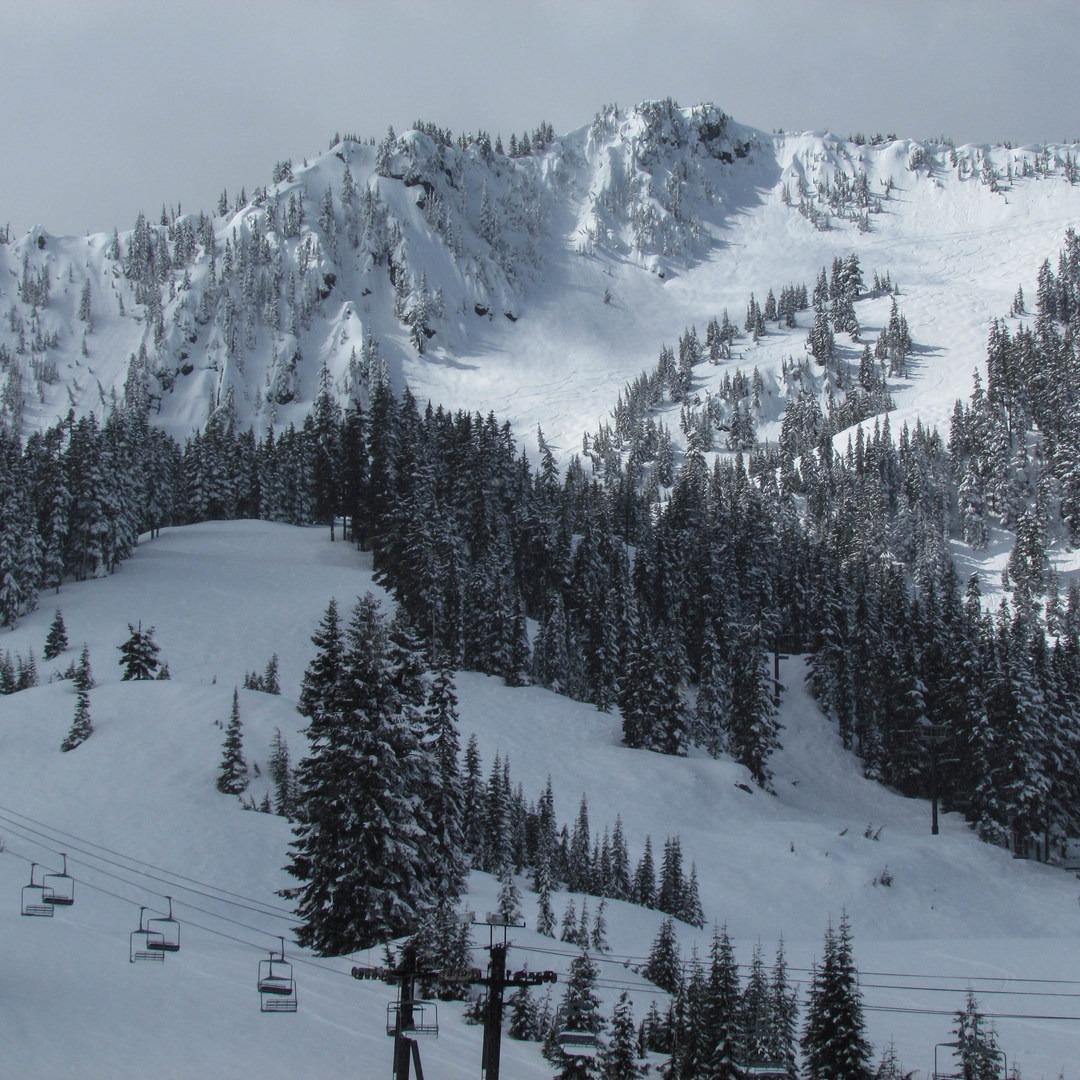
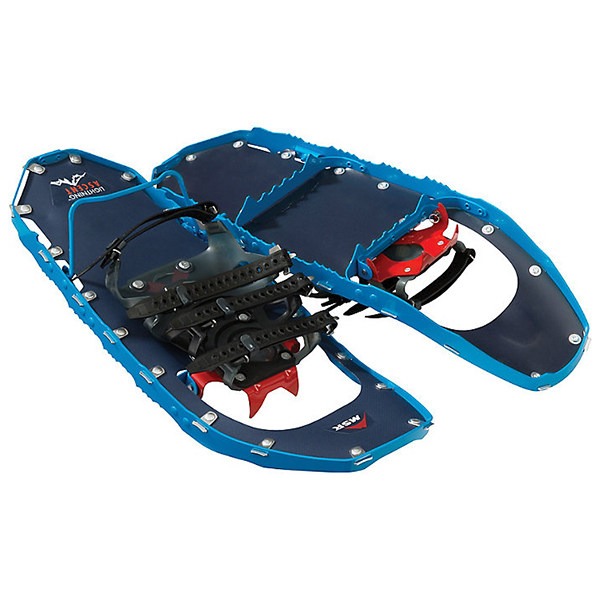
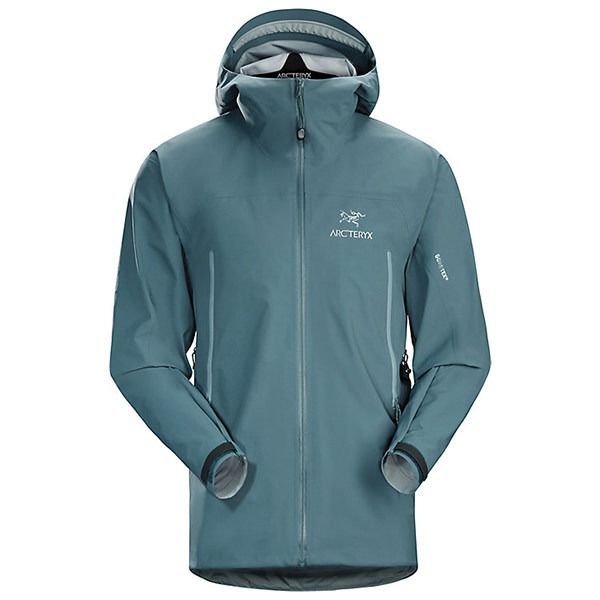
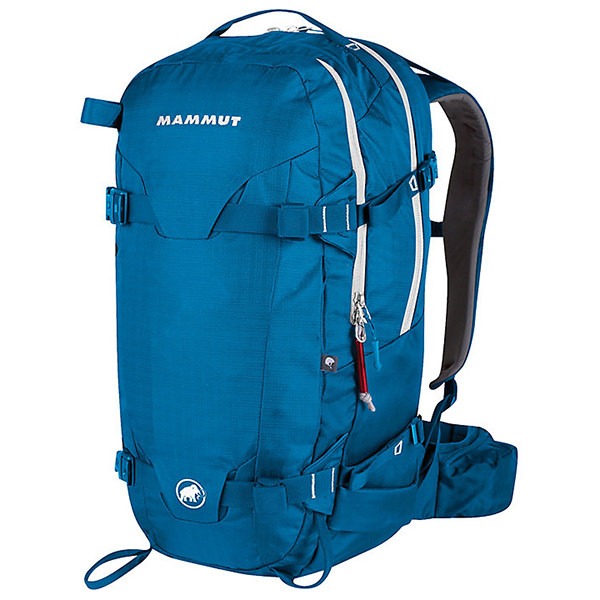
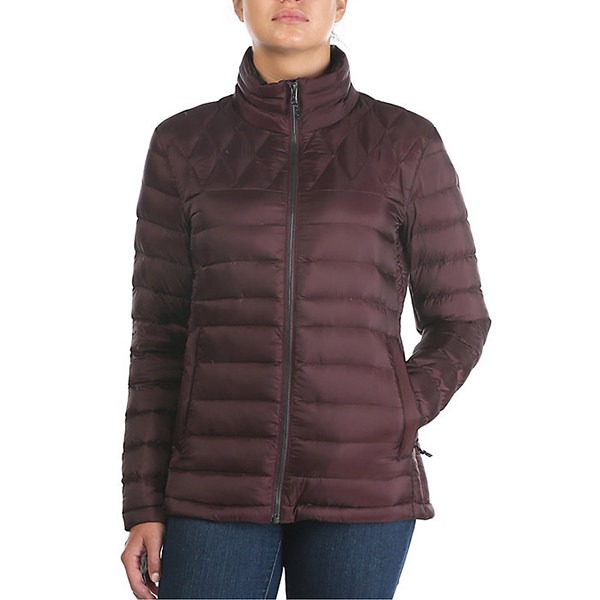
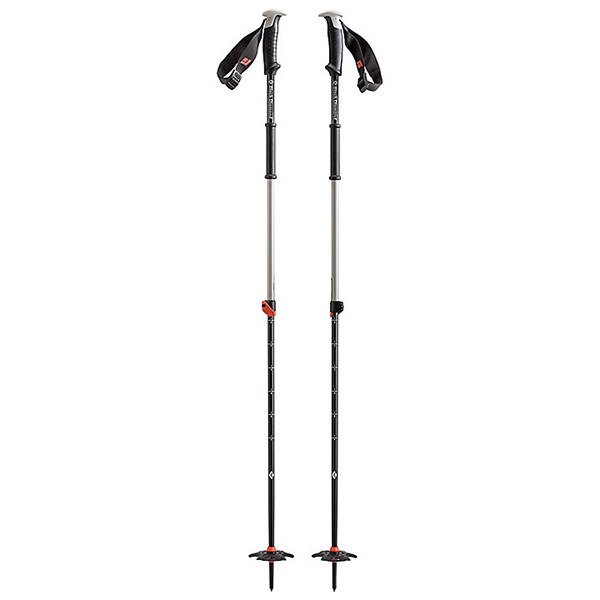
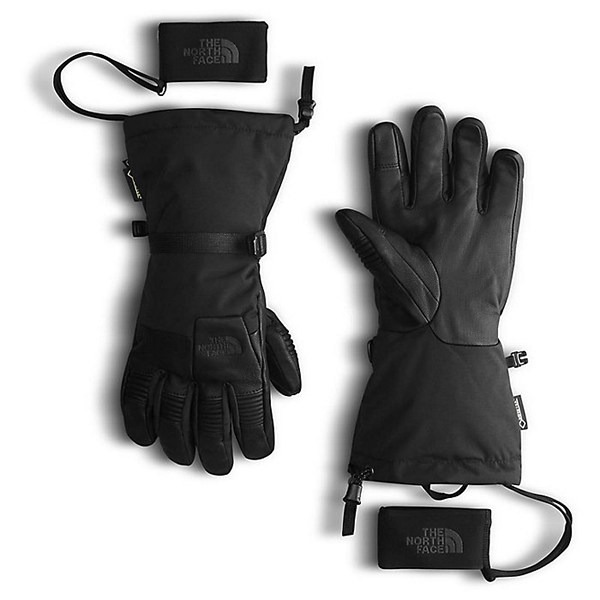
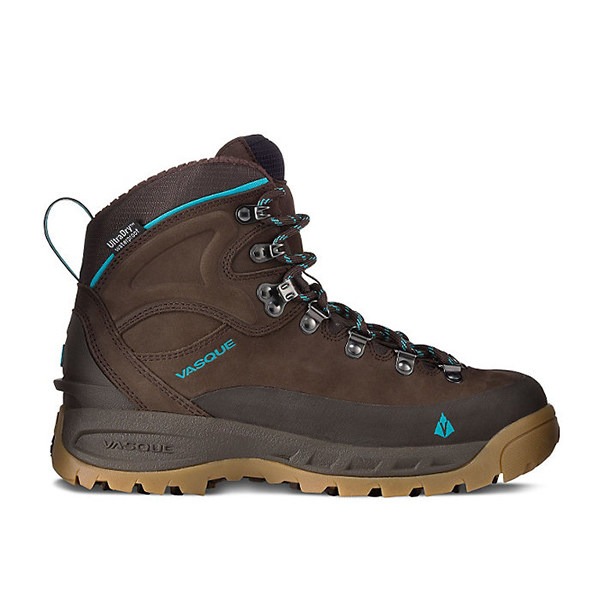





















Comments
Sign In and share them.